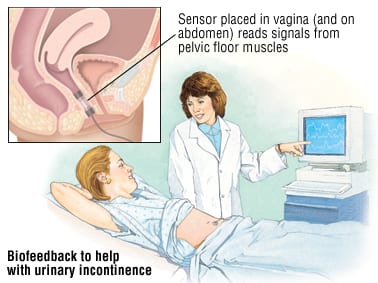Revealing the Link Between quantitative EEG and Sleep Disorder Trends for Enhanced Assessment and Treatment
Revealing the Link Between quantitative EEG and Sleep Disorder Trends for Enhanced Assessment and Treatment
Blog Article
Slumber hypopnea is a common sleep disorder that impacts many people throughout the world. It occurs when a individual's respiration is disrupted during slumber, leading to subpar slumber standards and various medical concerns. One of the ways scientists and doctors are working to improve understand and identify sleep apnea is through a method called quantitative EEG, or qEEG. This method measures the electronic function of the brain and can offer important insights into how sleep apnea impacts cerebral activity and general health.
qEEG involves placing small sensors on the head to capture brain waves. These cerebral oscillations are then analyzed to identify patterns that may suggest sleep conditions, including sleep apnea. By examining these patterns, healthcare professionals can gain a clearer understanding of how sleep apnea interrupts typical brain activity during sleep. This data can be essential for formulating efficient therapeutic strategies customized to individual clients. Comprehending the relationship between qEEG and sleep apnea can result to improved diagnostic methods and superior results for those impacted by this disorder.
Research has shown that people with sleep apnea often display distinct changes in their brain wave trends. For instance, during instances of apnea, the additional info brain may show increased activity in certain regions while other regions become more active. These changes can affect how well a person sleeps and how refreshed they perceive upon awakening. By employing qEEG to track these cerebral wave trends, doctors can recognize particular characteristics of sleep apnea in patients, which can assist in formulating a more precise identification. This is especially important because sleep apnea can sometimes be mistaken for alternative sleep disorders, resulting to misguided therapies.
In addition to enhancing diagnosis, qEEG can also serve a role in evaluating the effectiveness of treatments for sleep apnea. For example, after a patient starts employing a constant beneficial airway force (CPAP) device, which assists maintain the airway open during slumber, qEEG can be utilized to assess alterations in brain activity. If the brain shows improved patterns of sleep after initiating treatment, it may indicate that the therapy is functioning effectively. This response can help doctors make necessary adjustments to treatment plans, ensuring that patients receive the best care possible.
Overall, the connection between qEEG and sleep apnea trends is an exciting area of research that offers potential for improving diagnosis and treatment. By understanding how sleep apnea affects brain function, healthcare providers can develop more efficient approaches to assist patients attain better sleep and improve their overall well-being. As studies progresses to advance, it is probable that qEEG will become an essential tool in the fight against sleep apnea, leading to superior outcomes for those who suffer from this challenging condition.